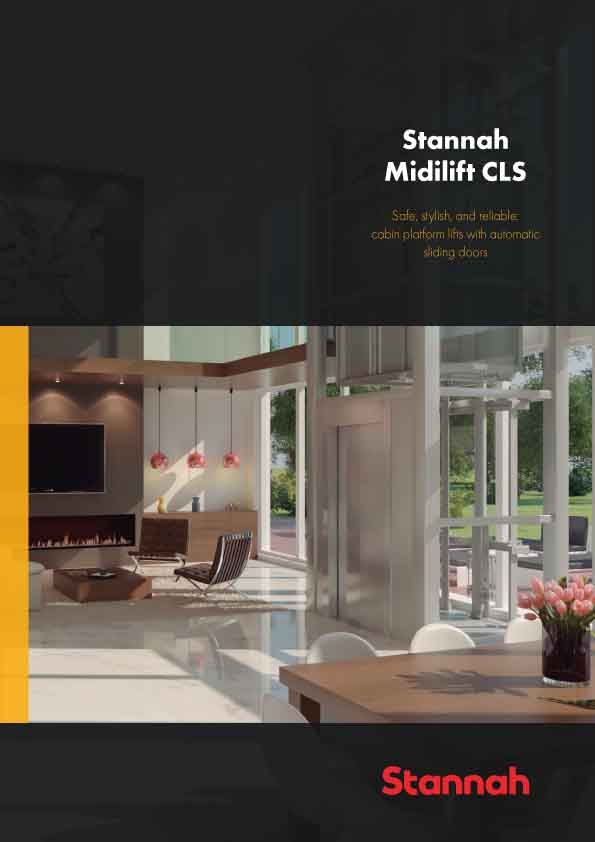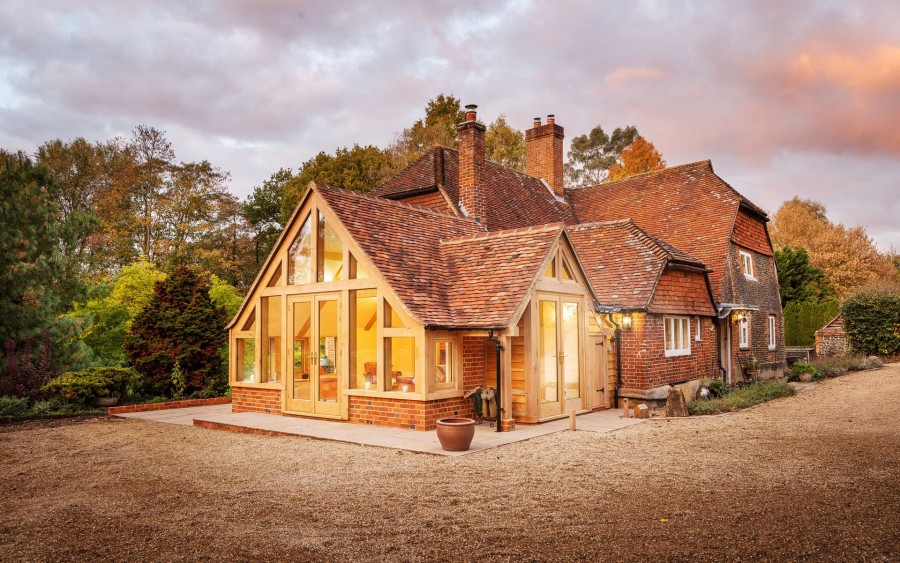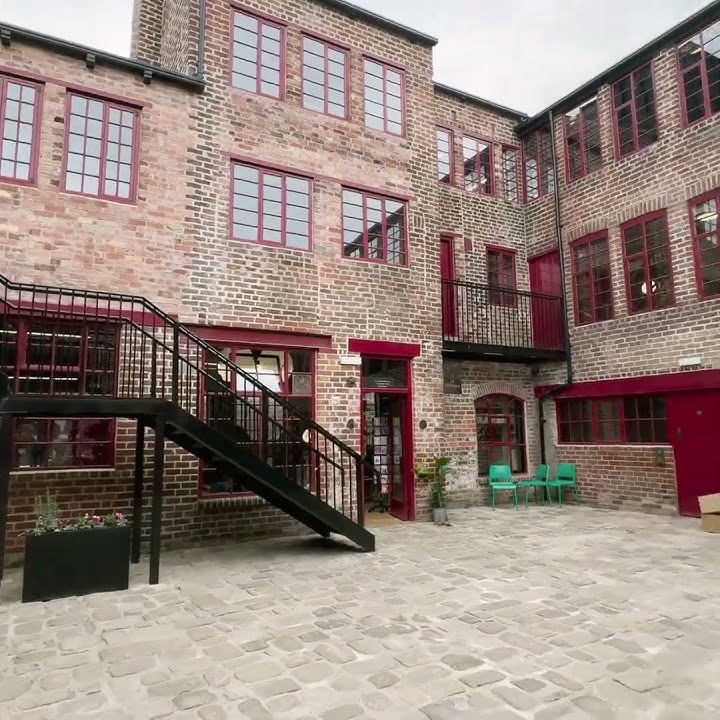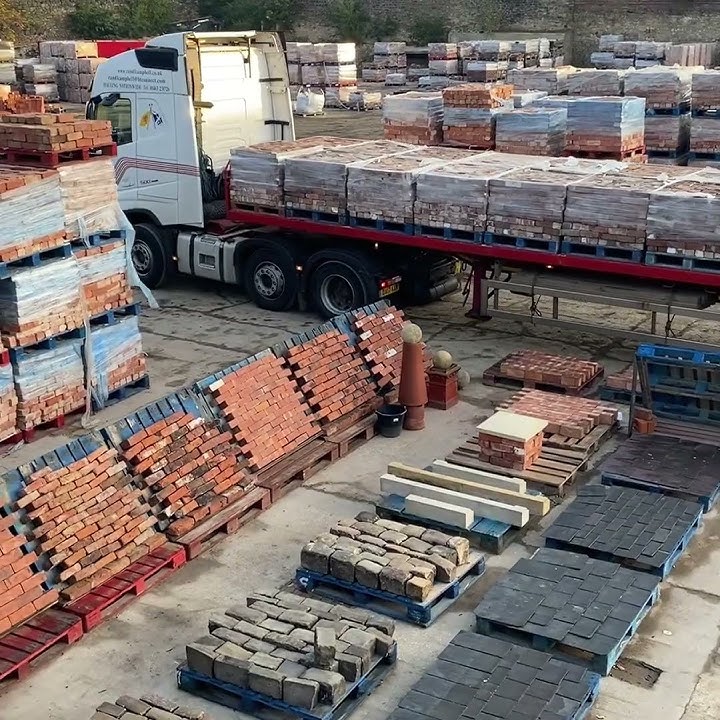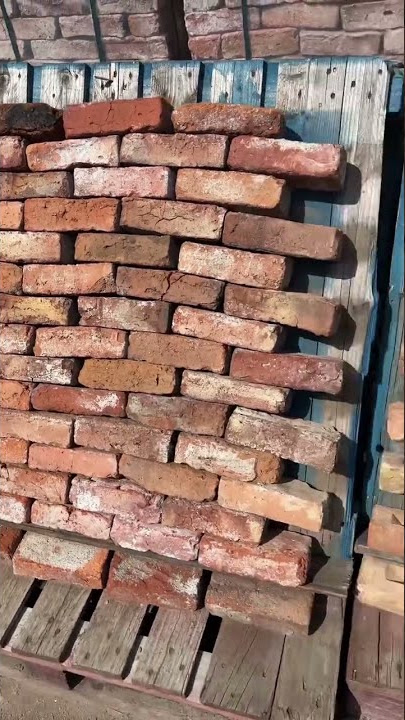Karen Everitt at Ravatherm UK - manufacturer of polyfoam xps insulation - discusses insulation specification best practice for ground floors.
During the design of any new build or major refurbishment project, careful attention must be paid to the ground floor insulation specification. As well as contributing to the thermal efficiency of the finished building, it must also provide a durable and robust solution.

The recent shortage of polyisocyanurate (PIR) insulation has impacted many construction projects. Caused by insufficient supply of Methylene Diphenyl Diisocyanate (MDI), the main constituent of PIR, severe production delays have resulted in a market-wide shortage and extended lead times – not to mention price increases – leading specifiers and installers to seek viable alternative insulation products.
Extruded polystyrene (XPS) insulation can be a good alternative material for many new build and refurbishment projects. However, there are some key considerations for specifiers and installers if XPS is specified for ground floors. For instance, slightly thicker XPS board will likely be required, meaning a little more digging out at the start of construction in a new build project.
As when using any unfamiliar construction product, it is recommended that specifiers liaise with a reputable XPS insulation manufacturer with a knowledgeable technical team to ensure the key differences of an alternative material against the original specification can be explained.

During design stage, consideration needs to be given to the applied floor loading and the position of the installed insulation. Ground bearing floors can include insulation either below or above the concrete slab, depending on the choice of the designer. Insulation installed below the slab increases the thermal capacity of the building, helping to maintain steady internal temperatures. If insulation is installed above the slab, the building responds more quickly to an intermittent heating system – ideal on domestic properties for example.
Insulation materials used under slabs, screeds and chipboard should be capable of accommodating the applied loads with the minimum of compression. It’s best practice for specifiers to refer to the guidance and recommendations contained within BS EN 1990:2002 +A1:2005 and BS EN 1991-1- 1:2002, which should be followed when making sure the insulation is able to accommodate the designed loads.
XPS insulation for example delivers a durable solution thanks to its compressive strength and low moisture absorption. RAVATHERM UK’s floorboard range has a moisture absorption of 0.6% by volume when tested in accordance with EN 12087 and can be laid in standing water or up against wet concrete with negligible impact on the performance of the product. The material is also available with 200, 300 and 500 kPa (Kilopascal) compressive strength.

Unlike insulation specified for walls and roofs, the heat loss through a ground floor depends on the size and shape of the floor, as well as the soil type.
The calculation methodology in BS EN ISO 13370 should be followed, which uses the ratio of the exposed floor perimeter to the floor area because more heat is lost at the edges of a floor than in the centre.
The measurement of the perimeter and area should be to the finished inside surfaces of the perimeter walls that enclose the heated space; however, unheated spaces such as porches or garages should be excluded.
During the design of any building, it’s important to liaise with a trusted XPS insulation manufacturer, such as RAVATHERM UK, offering technical and specification advice during design stage, will ensure the building performs as per the specification.
















